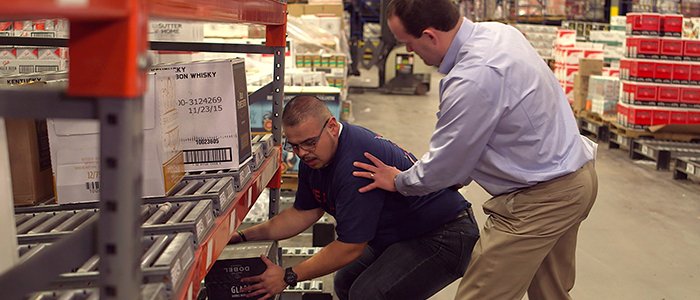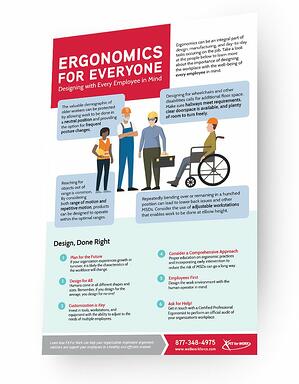“Ergonomics,” says the International Ergonomics Association, “is the scientific discipline concerned with the understanding of interactions among humans and other elements of a system, and the profession that applies theory, principles, data and methods to design in order to optimize human well-being and overall system performance.”1 In practice, this means paying attention to the design and the evaluation of tasks, jobs, products, work environments, and systems to make them fit with the human factor: people’s physical needs, abilities, and limitations. An expert in ergonomics, an ergonomist, “designs or modifies the work to fit the worker, not the other way around,” the University of North Carolina’s Environment, Health, and Safety Division explains. “The goal is to eliminate discomfort and risk of injury due to work.”2 Results usually also include greater efficiency in production processes and increased productivity. Physical ergonomics pays attention to the direct effect of work on the body, including:
- The physical postures required by the work
- How materials are handled: lifting, carrying, etc.
- The role of tools: do they add to, or reduce, stress on the body
- The role of repetitive movements
- How the physical layout of the workplace affects the body: for example, whether shelves are easily reachable and work surfaces are adjustable for workers of different heights
Organizational Ergonomics focuses on official structures, policies, processes, and procedures that can reduce the risk of bodily stress and injury including:
- Policies on best practices for doing the work
- Job rotation
- Scheduling of work
- Policies around breaks and stretching
- In a nutshell, according to the IAE, “Ergonomics helps harmonize things that interact with people,” in order to make work go better for everyone.
For more on what ergonomics can do for your organization, and details on our affordable and efficient Subscription-Based Ergonomics plan, download our eBook “Ergonomics: It’s Not a One-Time Thing,” or contact us. 





